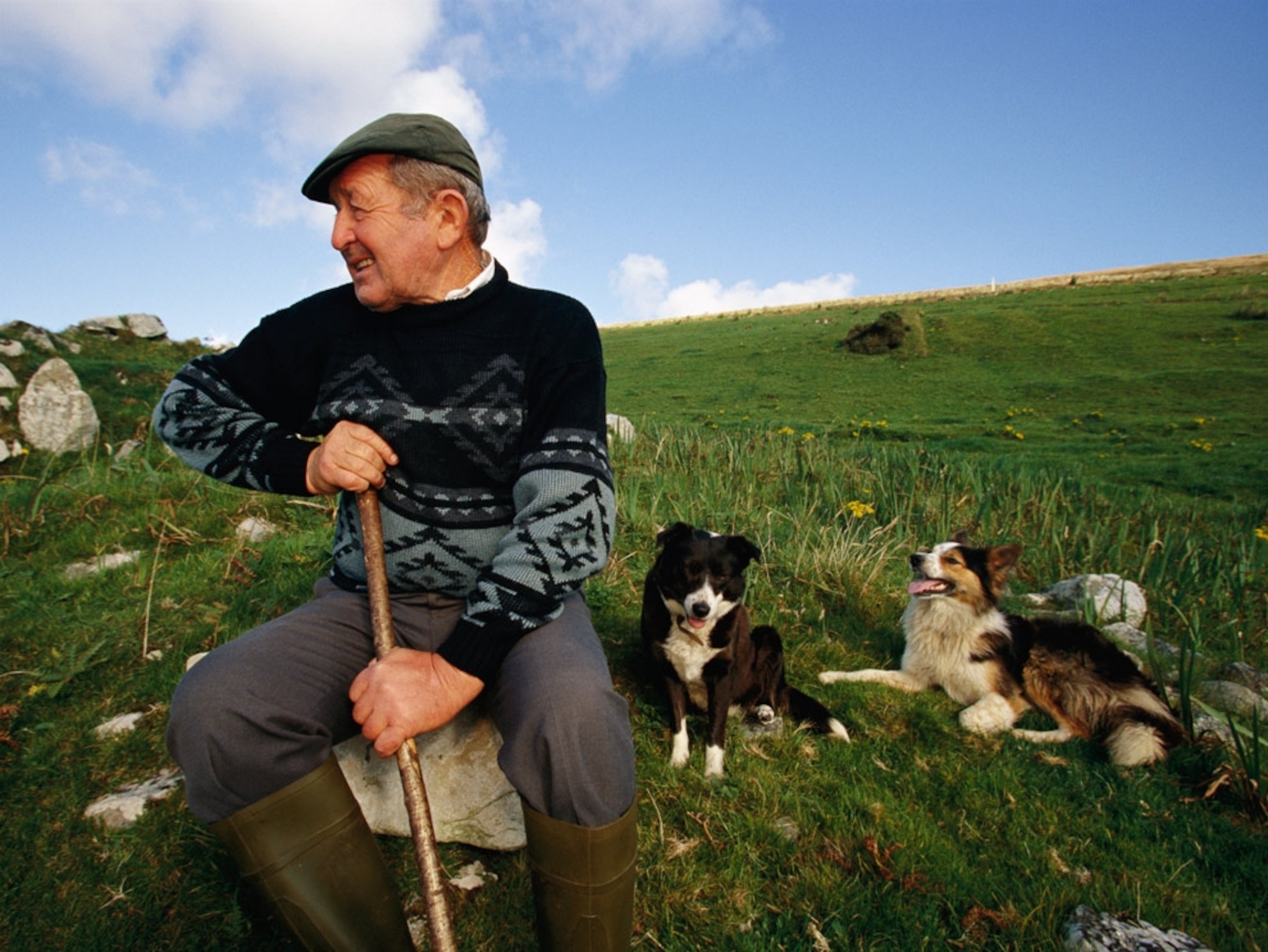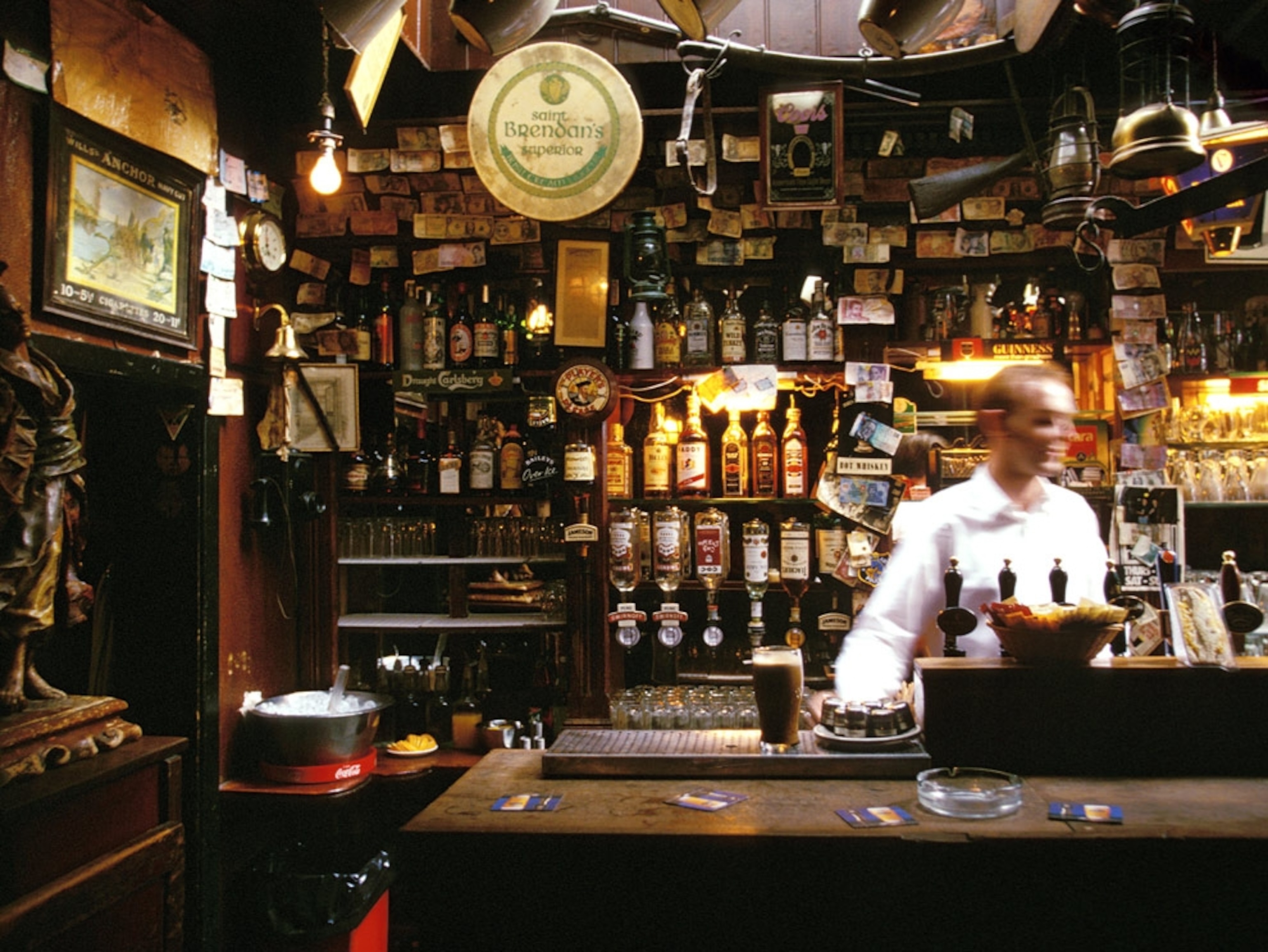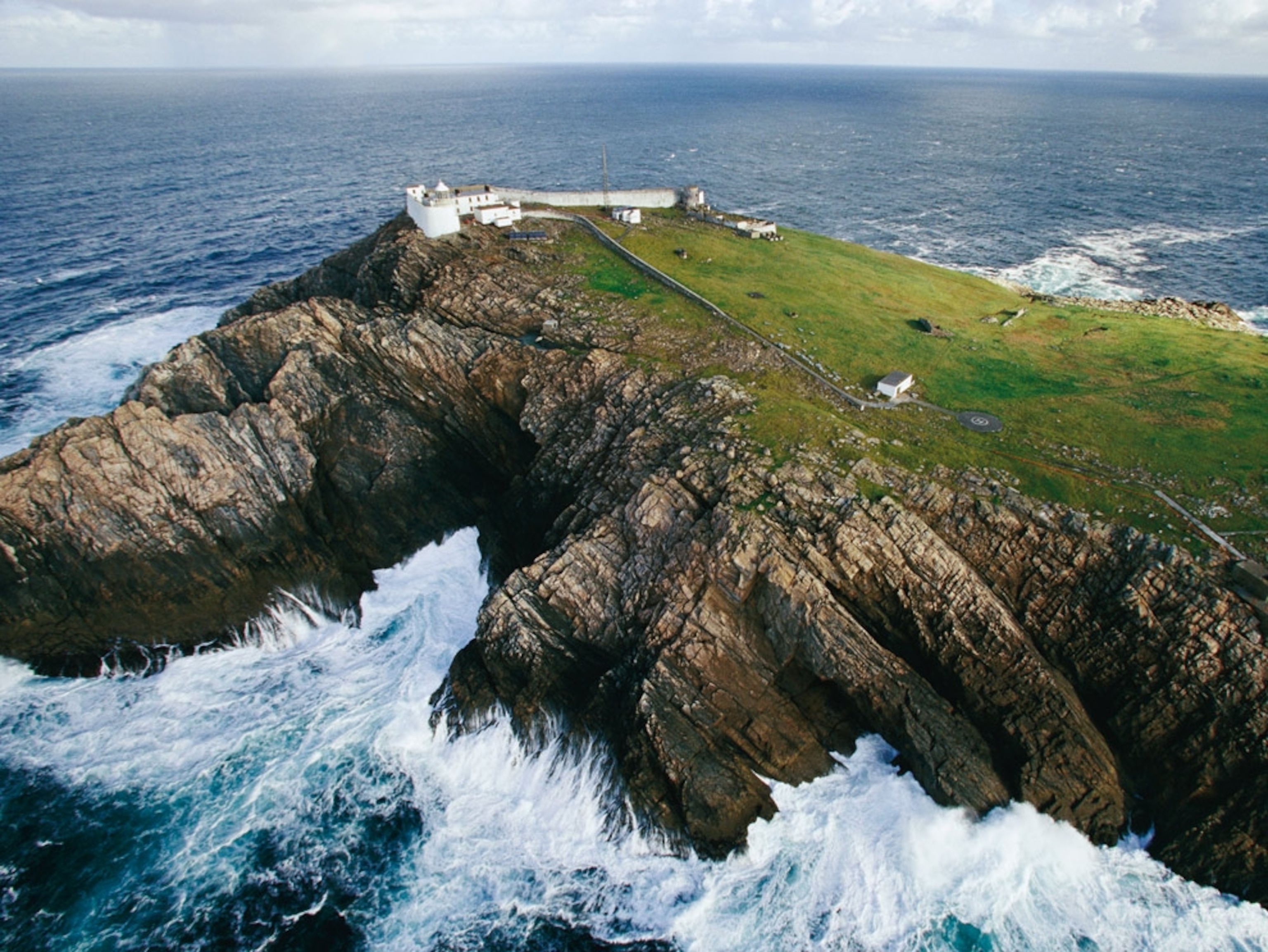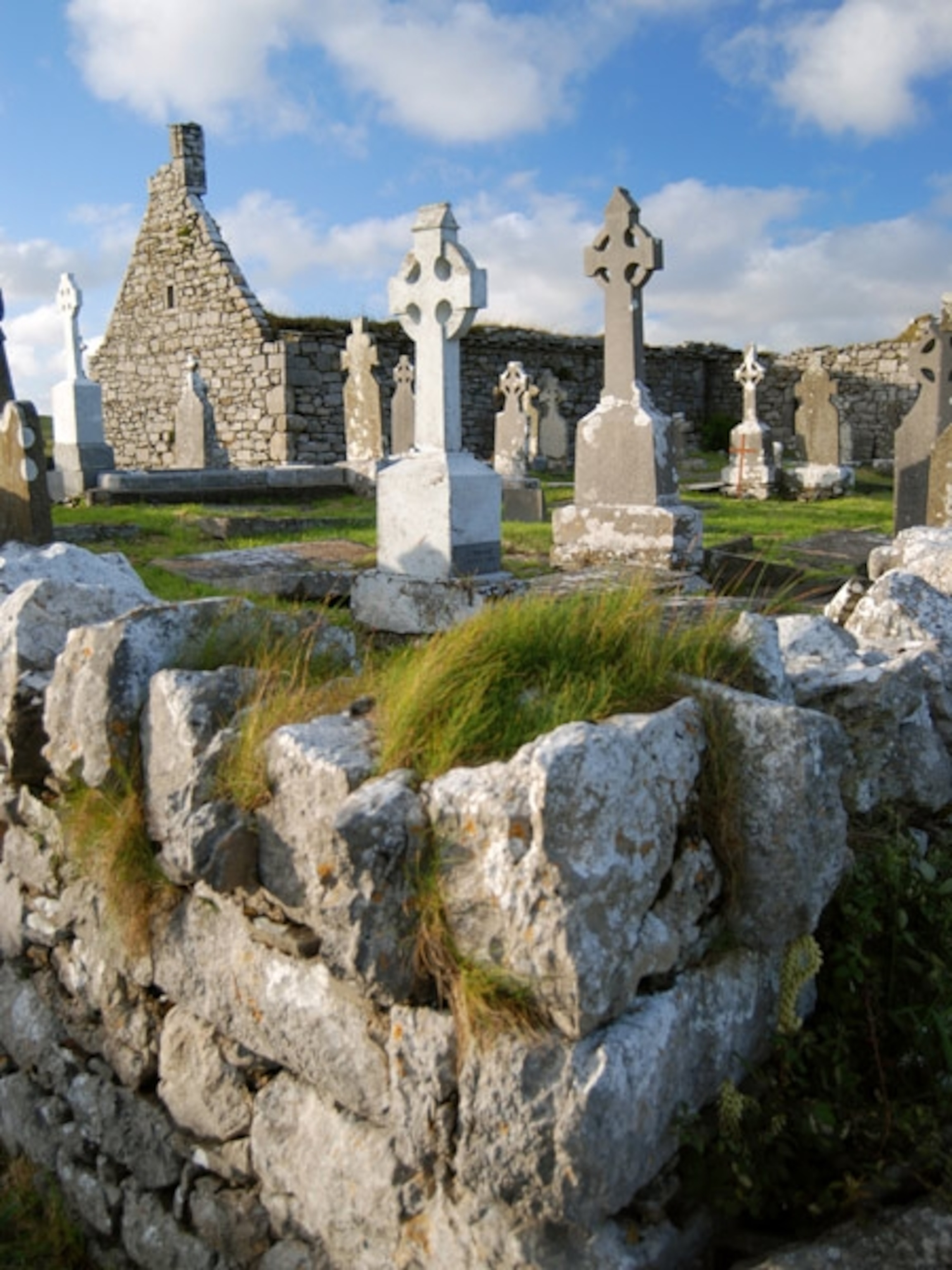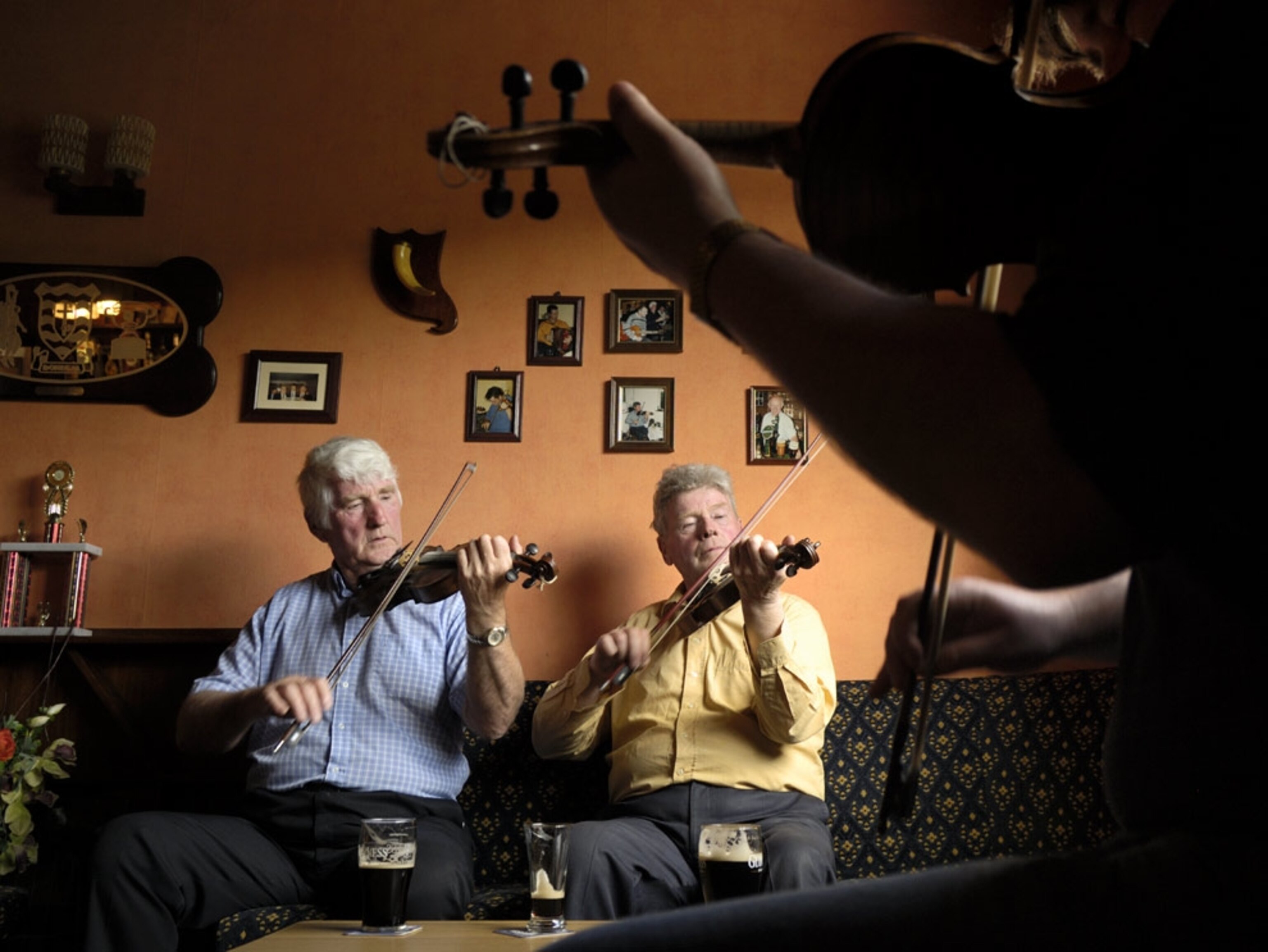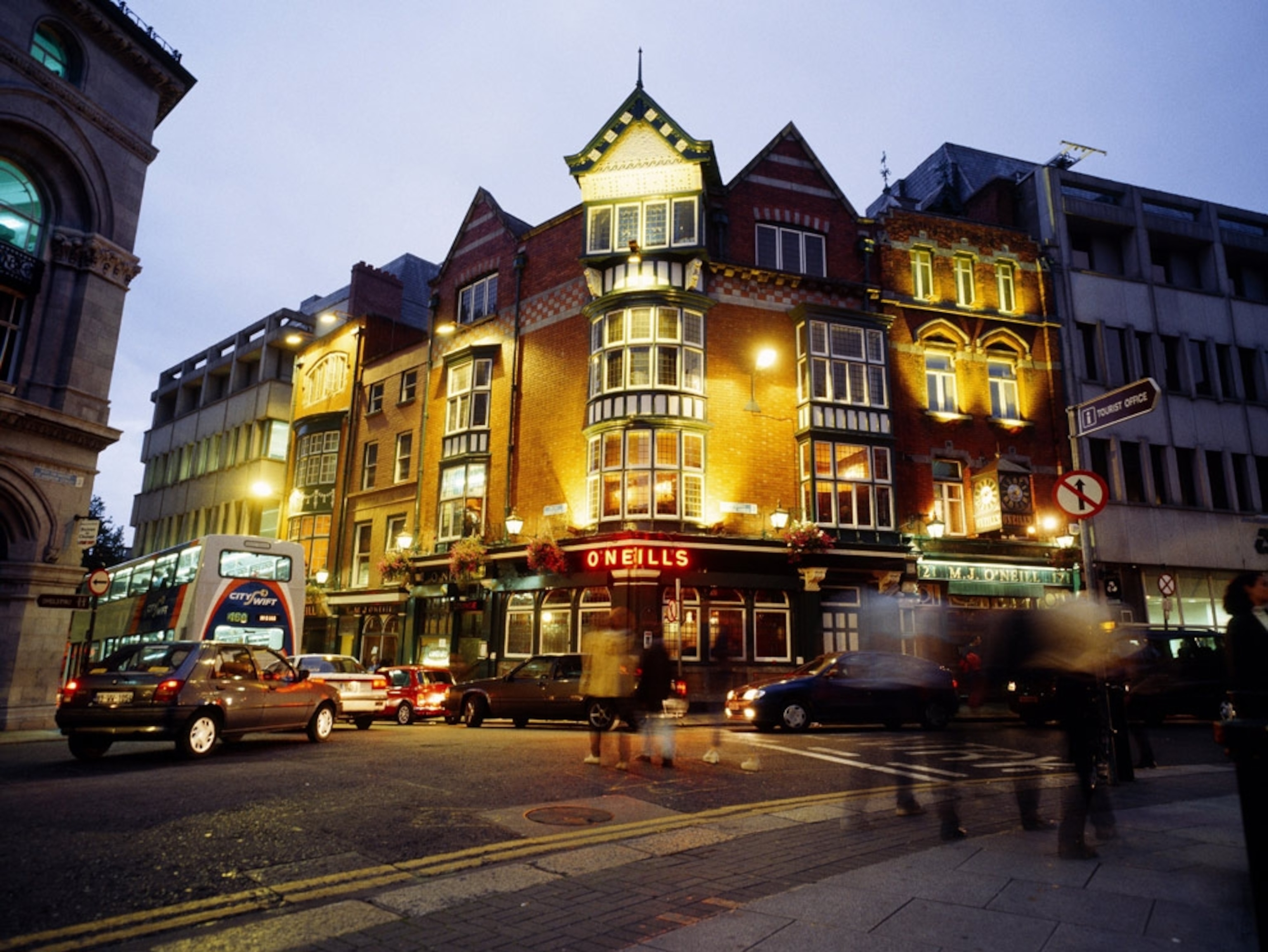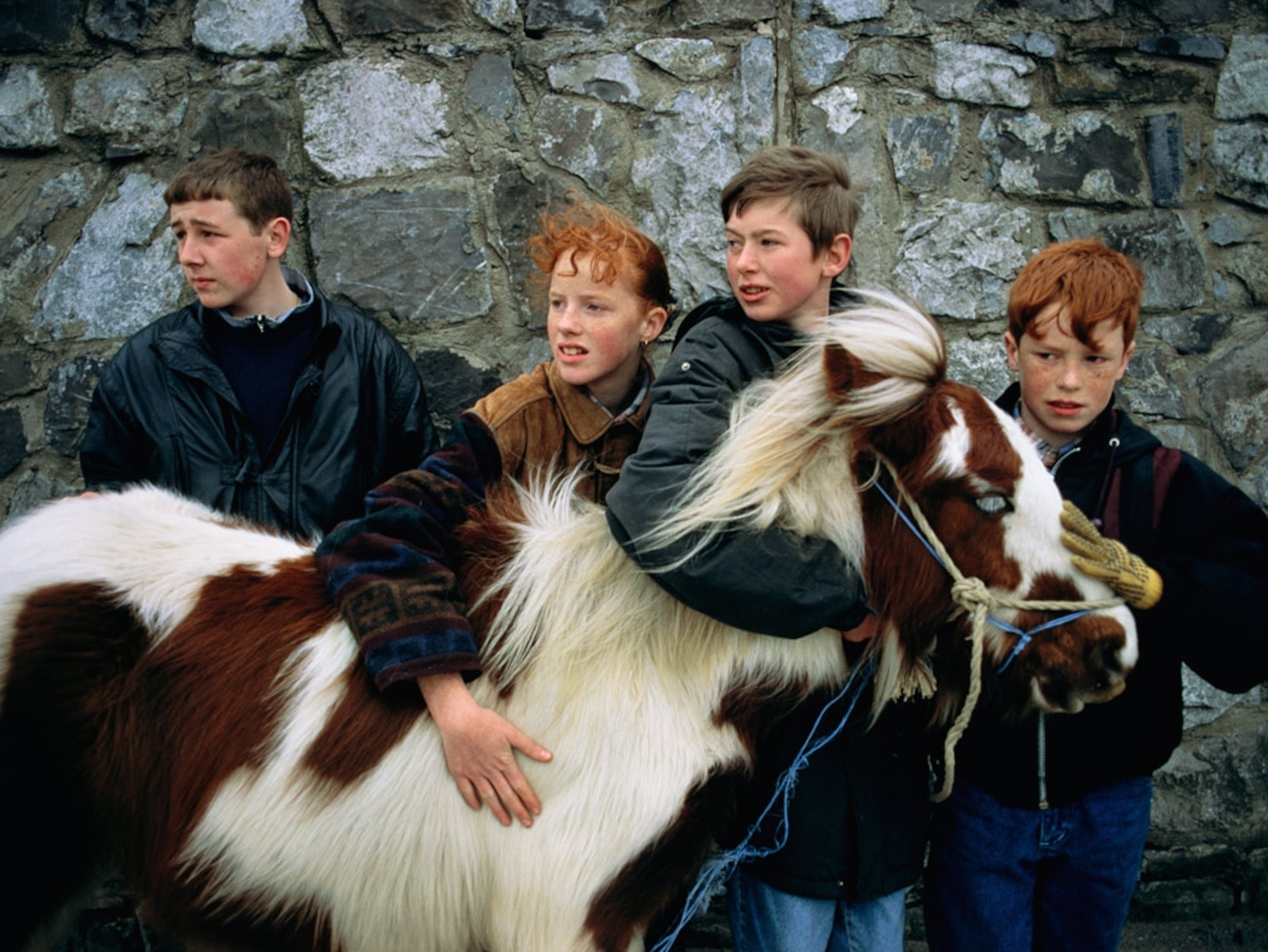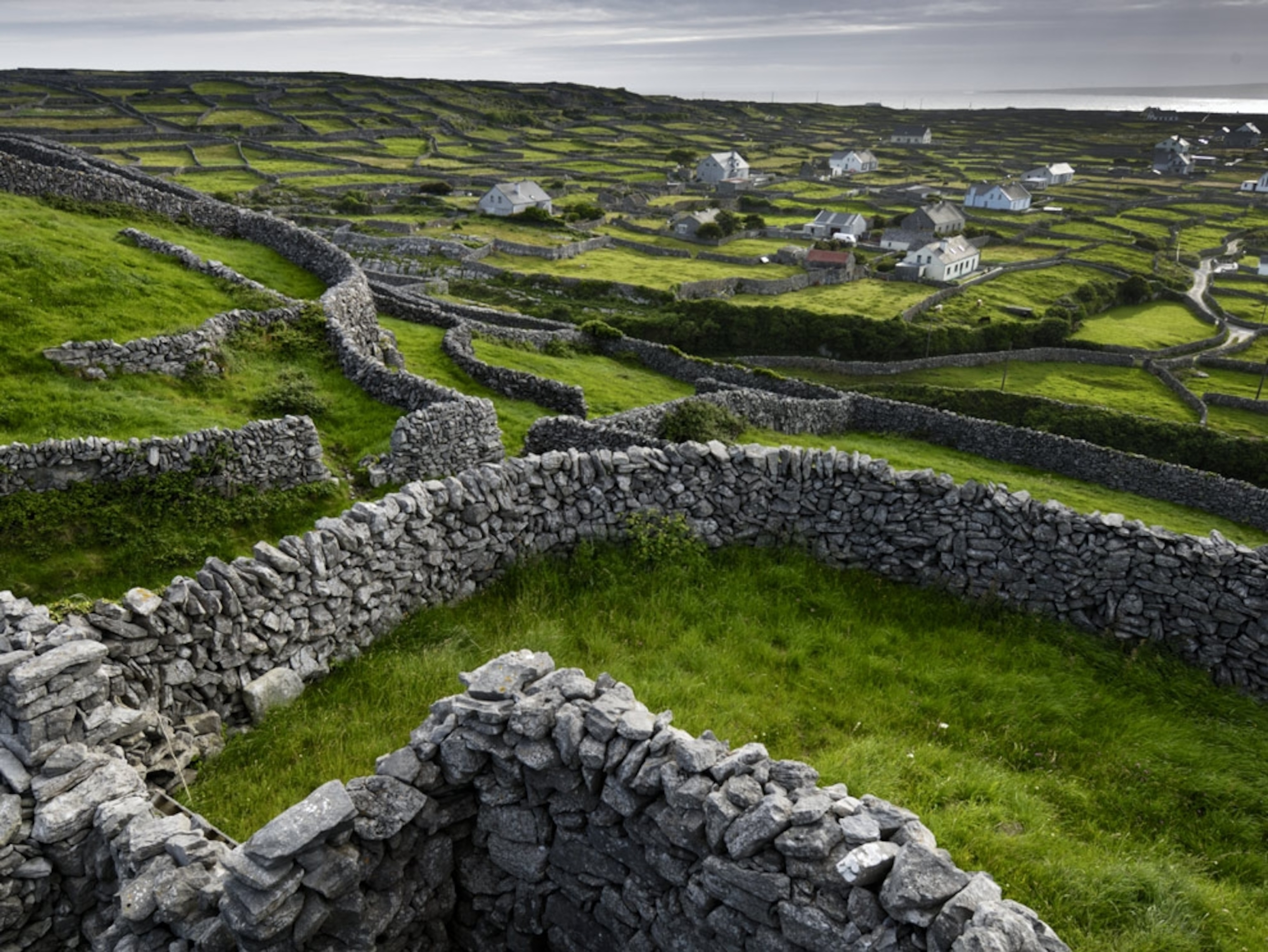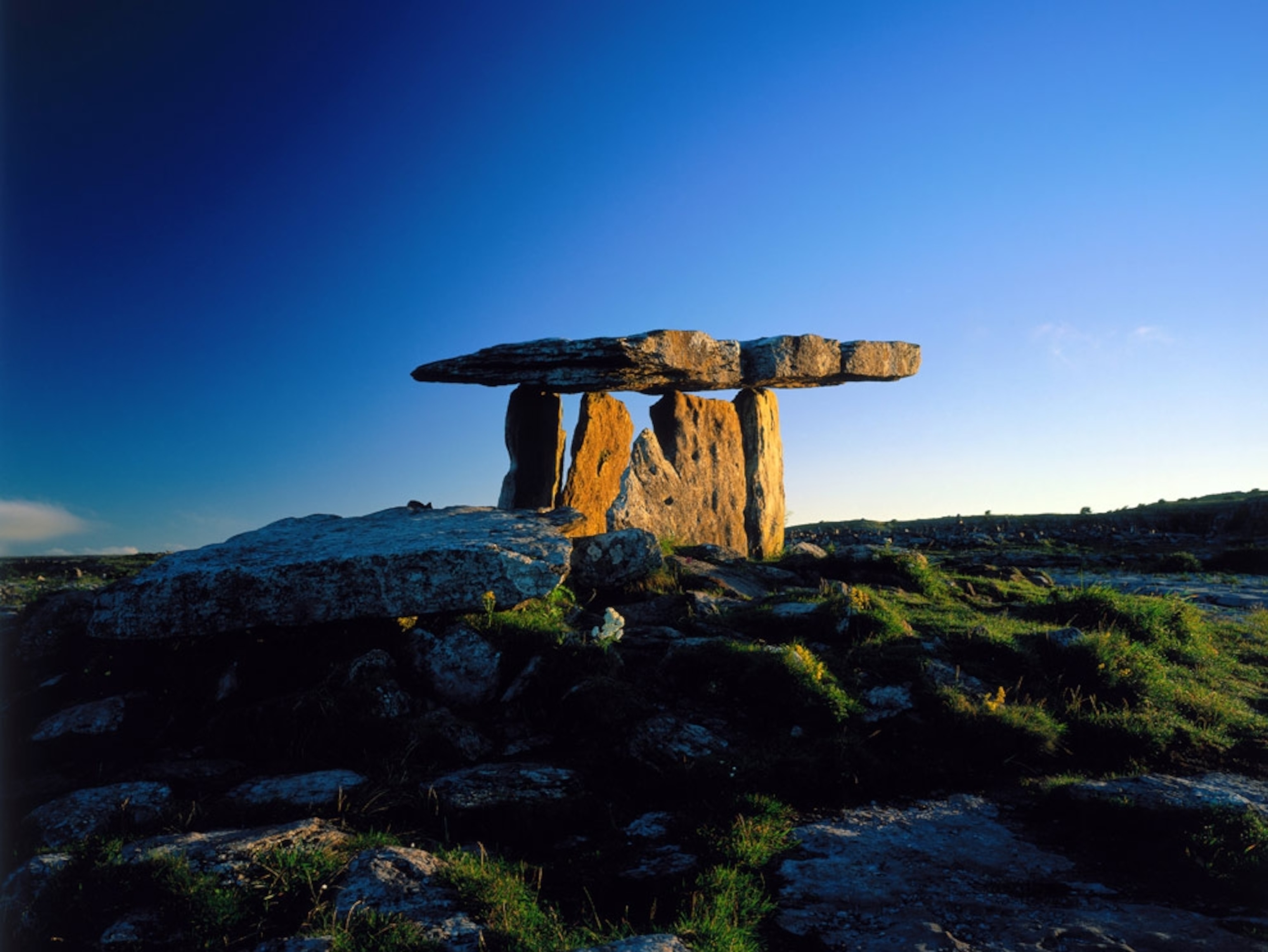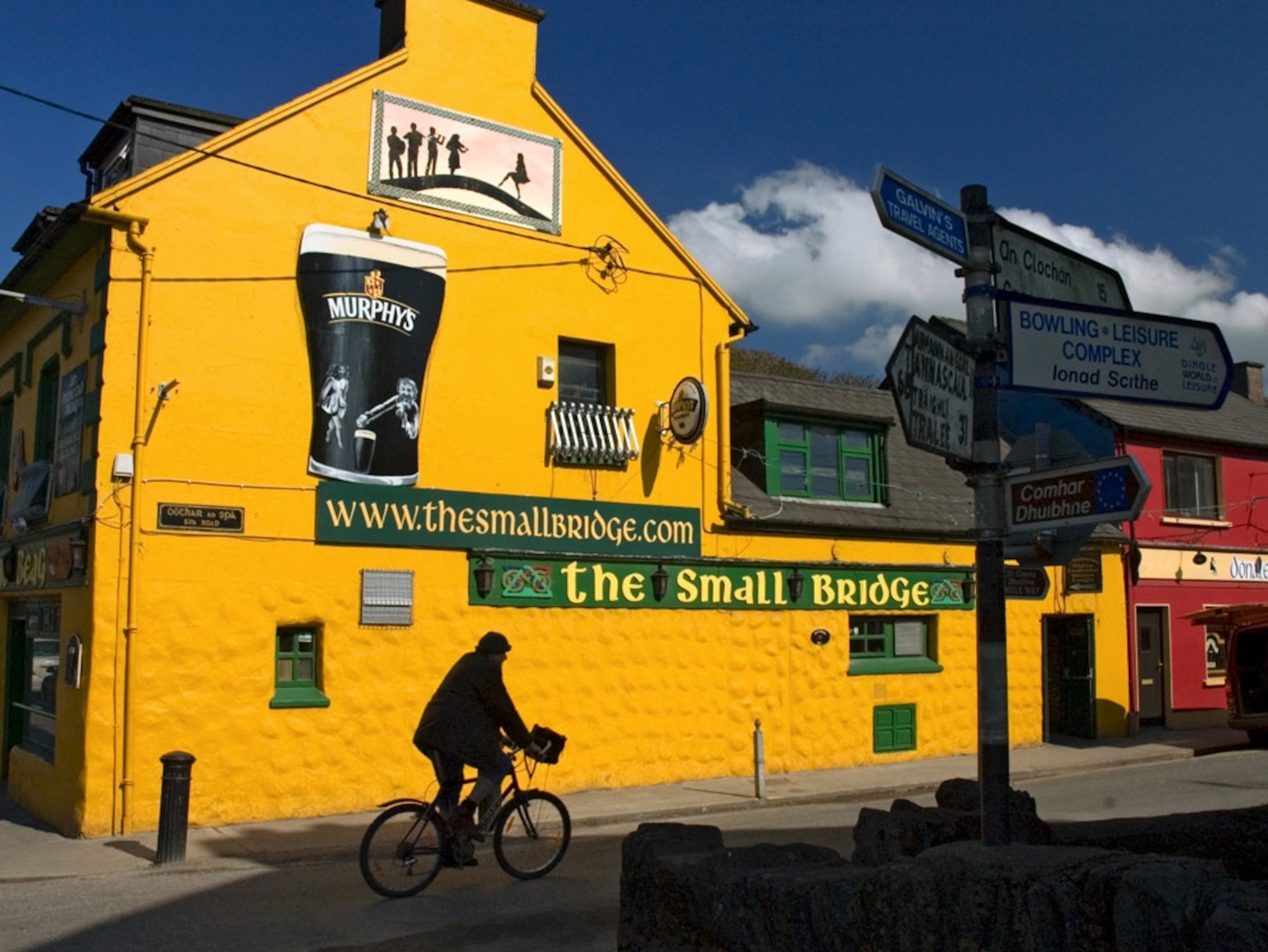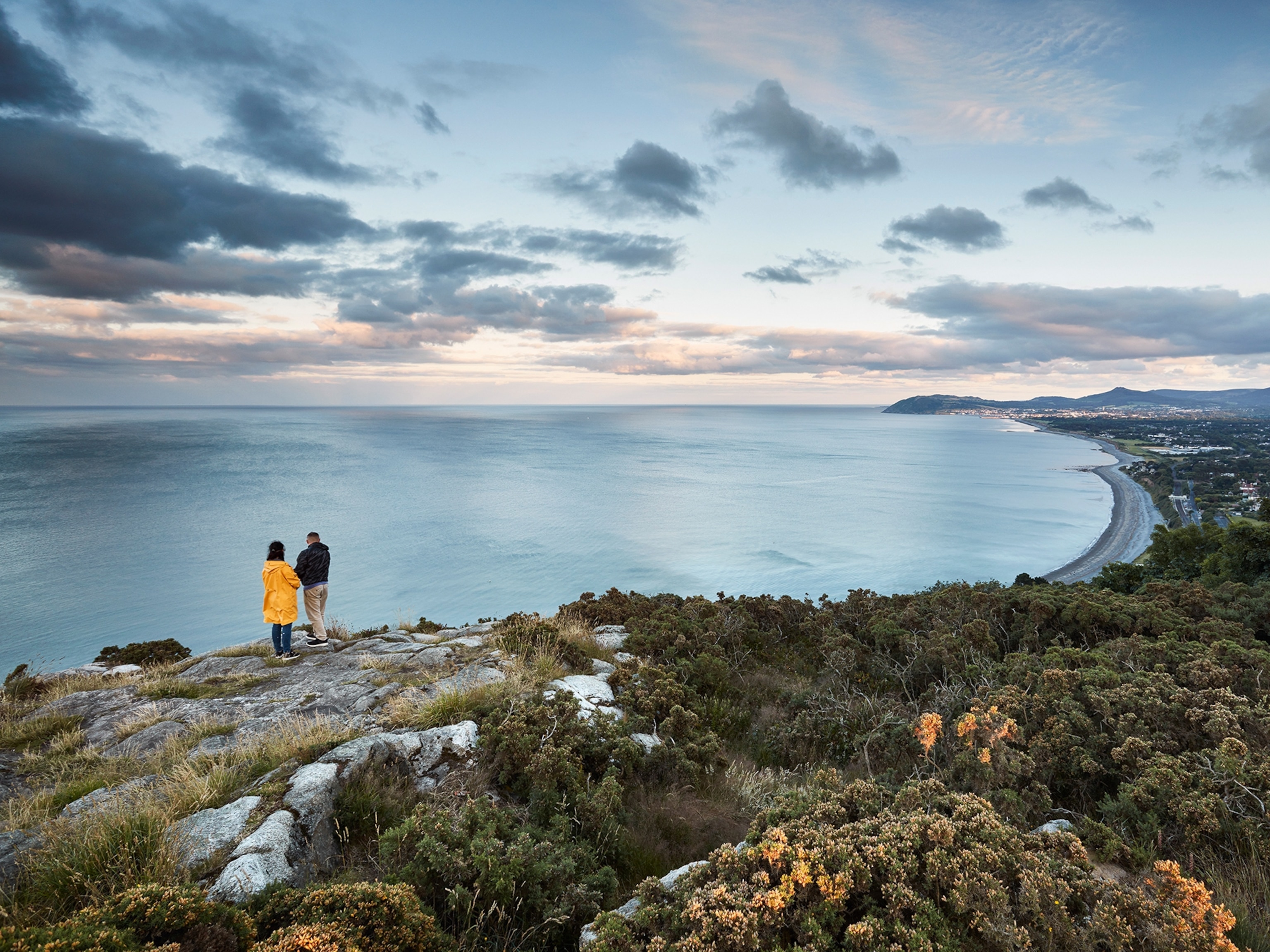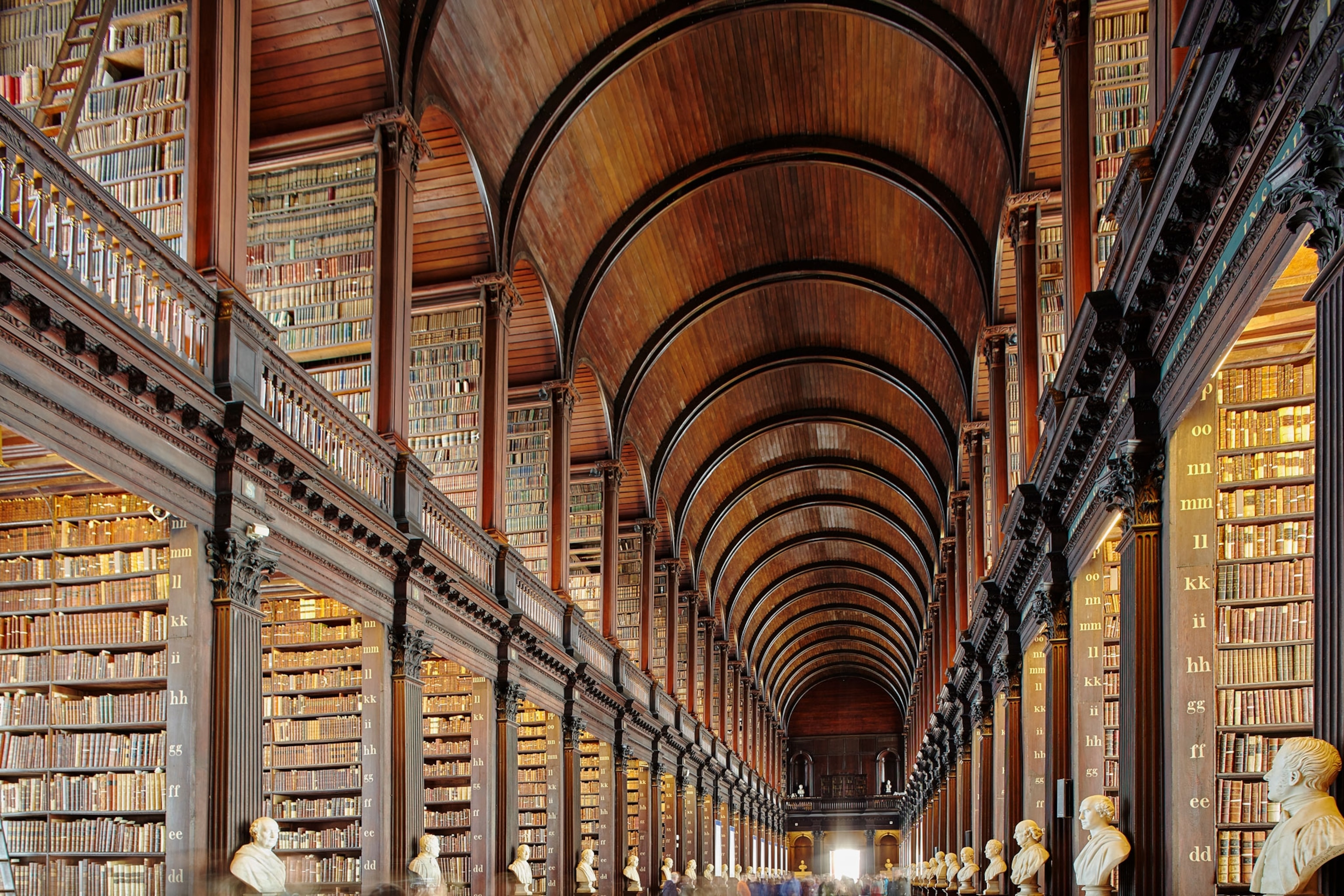
Discover the Best of Dublin
Find your inner Dubliner with these top 10 tips.
Dublin has organically grown into a cosmopolitan city while maintaining a distinctive appreciation for literature, history, and culture. Travelers can savor quality modern cuisine and enjoy music for all tastes in the friendliest capital in the world.
Wildlife
At four square miles (seven square kilometers), Phoenix Park is the largest walled city park in Europe, and home to a large herd of wild deer. They are best seen around the area stretching from the Papal Cross, where Pope John Paul II led mass in 1979, and the Castleknock Gate. The population stands at about 400 yearly with new births at 220 per annum.
Natural Wonder
Feel a million miles away from the city at Velvet Strand in Portmarnock. Only 14 kilometers from O'Connell Street and less than half an hour on the DART, this eight-kilometer stretch of beach joins Baldoyle to Malahide with superb views of the Dublin Mountains and the islands of Ireland’s Eye and Lambay.
National Park
“Dublin can be heaven with coffee at 11 and a stroll in Stephen's Green.” The lyrics of “The Dublin Saunter” sum up the mood of this city park, which is steeped in history at its heart and flooded with office workers on sunny days. The ducks in the pond have survived the bullets during the Easter Rising of 1916 and watched as generations of courting couples saunter by.
Archaeological Site
Wood Quay was the site of much consternation in 1978 before the construction of civic offices on a valuable Viking archaeological site. However, Viking Dublin can still be appreciated at the nearby Dublinia exhibition, and remains of the original city walls are viewable from the civic offices.
UNESCO Site
Dublin is one of only 28 UNESCO Cities of Literature in the world, and almost every street and pub has been featured in a story, novel, or song. The Dublin Literary Pub Crawl is an ideal way to experience spots such as the Palace Bar and Davy Byrnes, frequented by Patrick Kavanagh and Brendan Behan. Online tickets cost €14 per adult.
Cultural Experience
Learn to pull a pint at the Guinness Hop Store. Learn the story of this black liquid and the impact it has had on the fabric of the city since its establishment as a major employer back in 1759. End the visit with a glass of Guinness while taking in the panoramic rooftop views over Christ Church Cathedral and The Four Courts.
Best Day Trip
At 11.70 euros a day, the DART is an inexpensive way to seek adventure. The network follows the coast of Dublin Bay with a terminus at Howth on its most easterly point. This picturesque peninsula claims a pretty harbour and fishing village to the north (look for the wild seals inside the pier), a cliff walk, Howth Castle, and a public golf course with views to rival the best in the world.
- National Geographic Expeditions
Off the Beaten Path
Skip Temple Bar and wander up Drury Street. Dubliners pour in and out of trendy bars such as Fade Street Social, The Hairy Lemon, and Peter’s Pub. You'll have a more authentic Dublin experience and meet the locals. The “pub with no name” opens late on weekends and is a challenge to find, but the ambience and intrigue are worth the effort.
Most Iconic Place
Trinity College is home to Dublin's heartbeat and the ninth-century iconic Book of Kells. A stroll through the campus allows for reflection on centuries of Dublin's architectural changes and the importance of education to the Irish. The Nassau Street gate opens close to Kildare Street and the National Museum, where the Ardagh Chalice and Cross of Cong can be viewed free of charge.
Historic Site
IMMA (the Irish Museum of Modern Art) is housed in Ireland's oldest classical buildings at the Royal Hospital Kilmainham. Constructed in 1680 and based on Les Invalides in Paris, the museum invites visitors to stroll through the formal gardens after perusing the best in contemporary Irish art.

